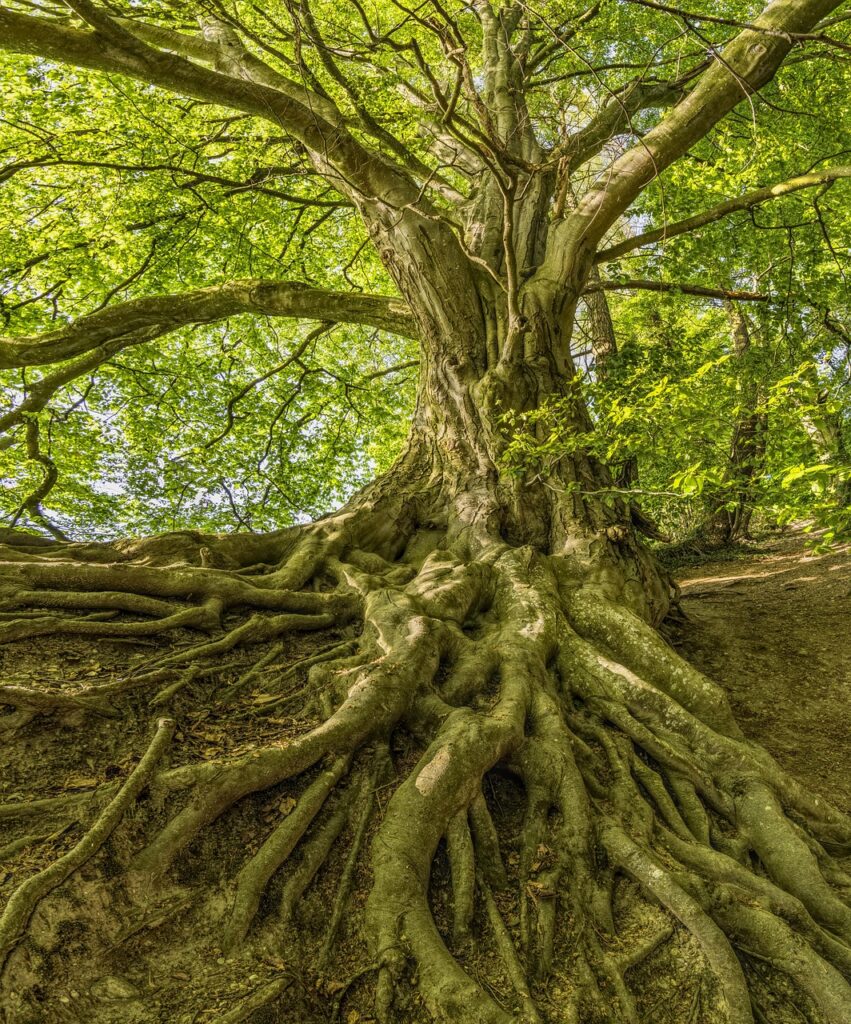The Depth of Asana

In the third week of reading Tree of Yoga for The Yoga Place Summer Book Club, BKS Iyengar reminds us why asana can be the ultimate vehicle for all the other limbs of yoga. From the first limb and Yama of ahimsa (the universal principle of non-violence) to the sixth and seventh limbs of Dharana and Dhyana (focus of the mind and meditation), we must become aware of and be diligent in all the layers of practice of asana to benefit from the holistic depth of yoga.
“In any yoga pose, two things are required: sense of direction and centre of gravity”
Every Iyengar Yoga teacher knows to have these two things as the basis for their teaching of alignment and movement in every asana. And, as students, we must become aware of these two elements in order to identify all the pieces of our embodiment and bring them into an integrated whole. We must constantly be curious, ask ourselves questions, and analyze results. In order to make asana “meditation in action” as BKS Iyengar suggests, we must find out where we overwork and where we underwork – distinguish between when the mind is drawn into one point or action (dharana) and the mind being absorbed into the entirety of the asana (dhyana).
“Analysis and experimentation have to go together, and in tomorrow’s practice you have to think again, ‘Am I doing the old pose, or is there a new feeling? Can I extend this new feeling a little more? If I cannot extend it, what is missing?’”
We have to be willing to put in our own work with each asana to awaken knowledge of our inner Self through outward practice. This is why I really love Prashant Iyengar’s term “embodiment” – we carry an embodiment and each asana is an embodiment – not just a “pose” or “posture”. Asanas are the “seats” of consciousness. As BKS Iyengar puts it, “The body cannot be separated from the mind, nor can the mind be separated from the soul.” So, there can be direct connection from the periphery to the core and back again within the alert and sensitive practice of any asana.
BKS Iyengar speaks to levels of the practice of asana to highlight its “depth”.
- Conative – physical action that involves mental volition and desire
- Cognitive – sensing and not just “doing” actions
- Communion – mental focus on what is actually happening in any asana
- Reflection – discriminative analysis of what is happening all over the body at once
- Spiritual – the complete absorption into asana without any fluctuation in the awareness, from Self to skin and from skin to Self
When we are able to work with asana under all of the above parameters, the physical (sthula), physiological (suksma), and innermost causal (karana) layers of our embodiment become fully integrated (samayama). This is not an experience developed in a moment or even one practice. “It is a lifelong process, provided that the practitioner has the yogic vitamins of faith, memory, courage, absorption, and uninterrupted awareness of attention”.
Trying to achieve full integration at the beginning of our practice can be overwhelming and frustrating, so we have to start step by step. Our “tree of yoga” begins to grow by using the moral and ethical principles of Yamas and Niyamas to examine the actions of asanas. Where in our body are we overworking or underworking? Can we be truthful with ourselves about what we are feeling and not-feeling in real time? Can we be content with what is and not be greedy for what we want to be happening? Are we putting forth an integrated effort or one that is sapping our energies? Are we devoted to an outcome that brings us closer to knowing our own Self better – or are we committed simply to conquering the posture as an external goal?
“In short, the effect of asanas is to keep the skin, cells, nerves, arteries and veins, respiratory and circulatory systems, digestive and excretory systems, mind, intelligence and consciousness, all clean and clear”. Practicing Yamas and Niyamas in the actions of our asanas forms deep roots and a strong trunk, from which the branches of asana will extend and expand most fully. As branches adjust all their elements to freely grow within any space or shape, we too must pose and re-pose to adjust our embodiment in every shape of asana. Through action and reflection equally we “mould the body to the requirement of the asana”. This integrated, alert and continuous effort requires the yogic “vitamins of faith, memory, courage, absorption, and uninterrupted awareness of attention”.
The branches of a tree hold so many things at once, including the fruit that encases the seed that houses the potential for a whole other tree to come. Asanas too hold so many opportunities for growth in order to bloom insight into our own Self and connect to the seed of our own True Nature.